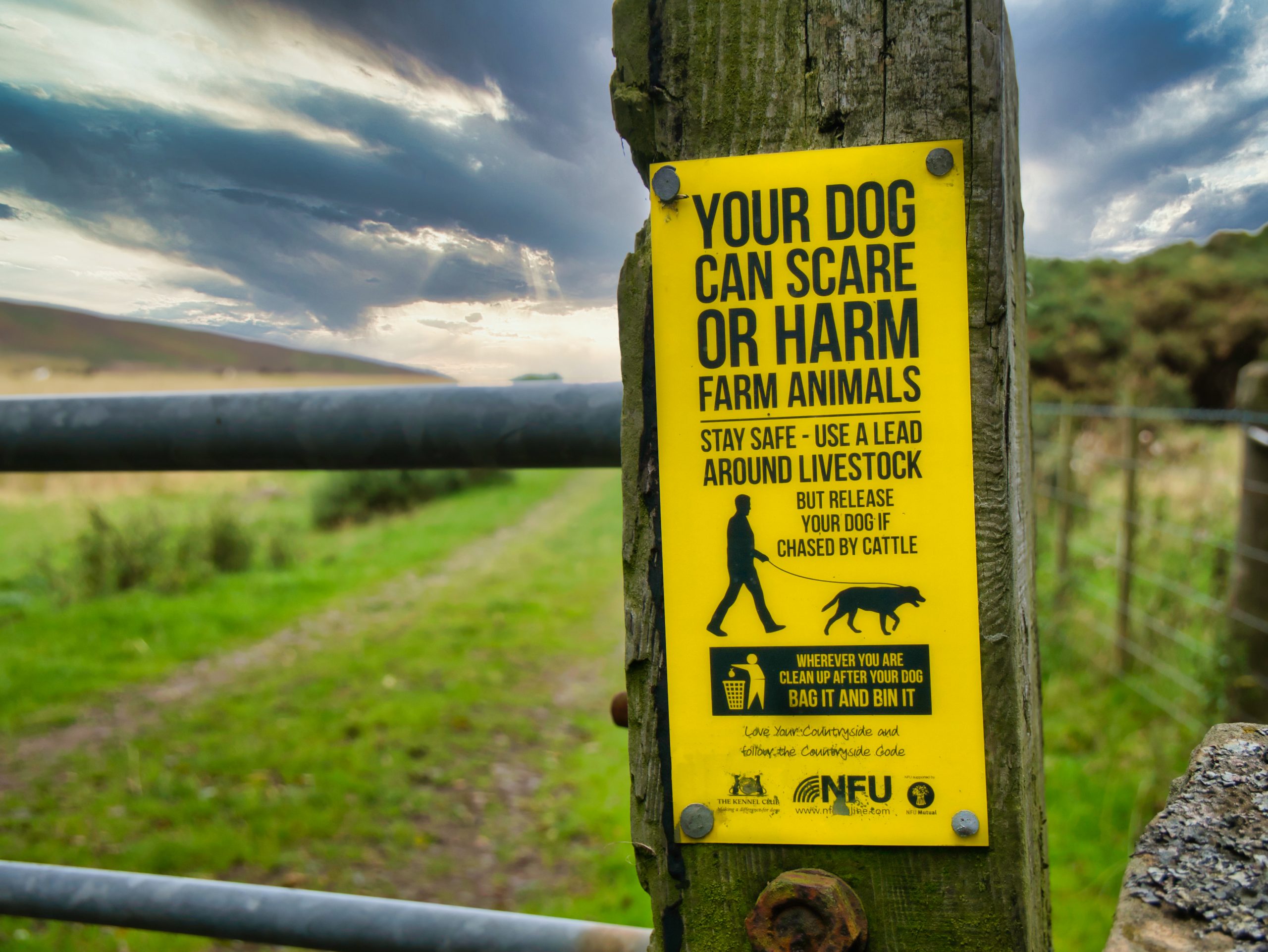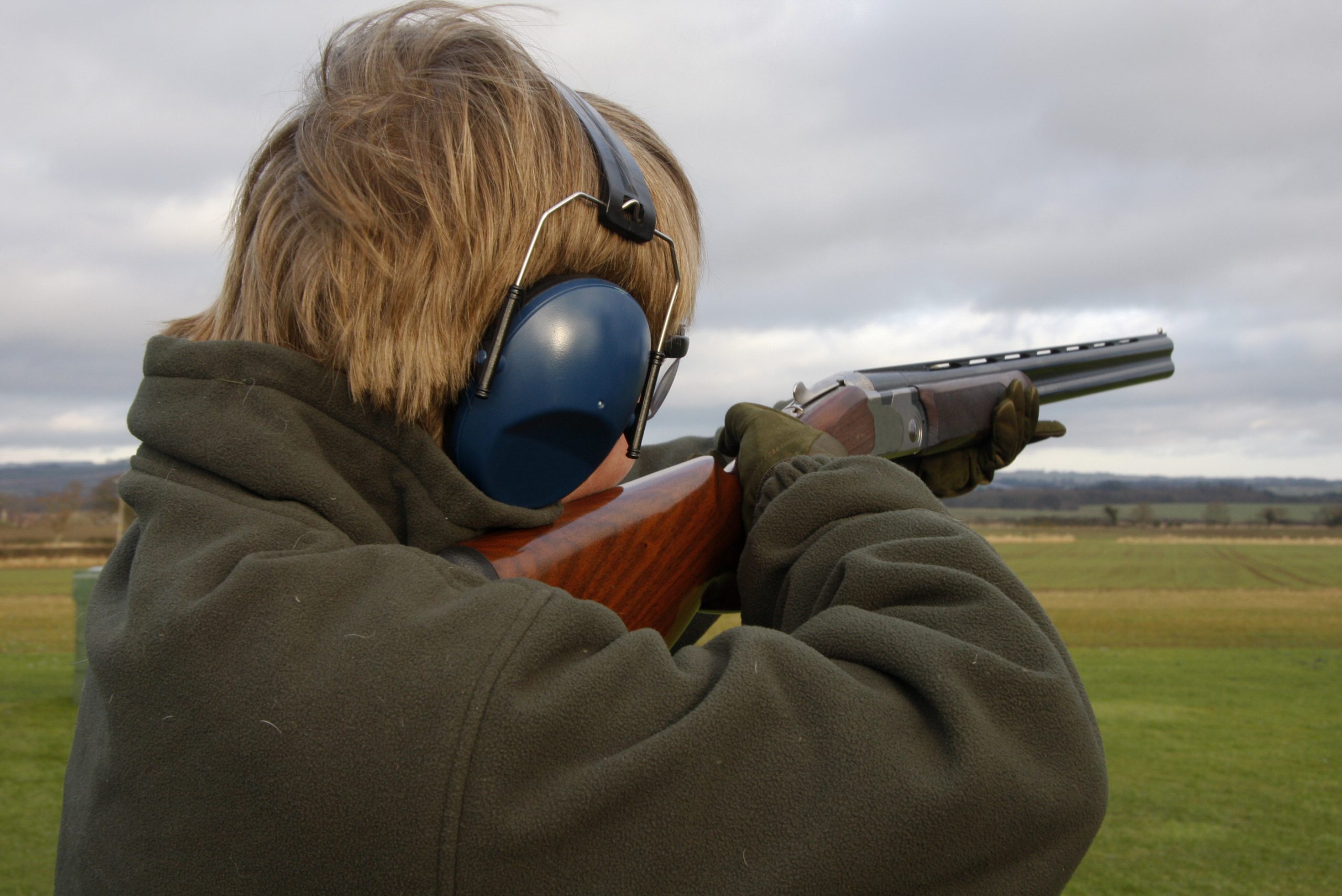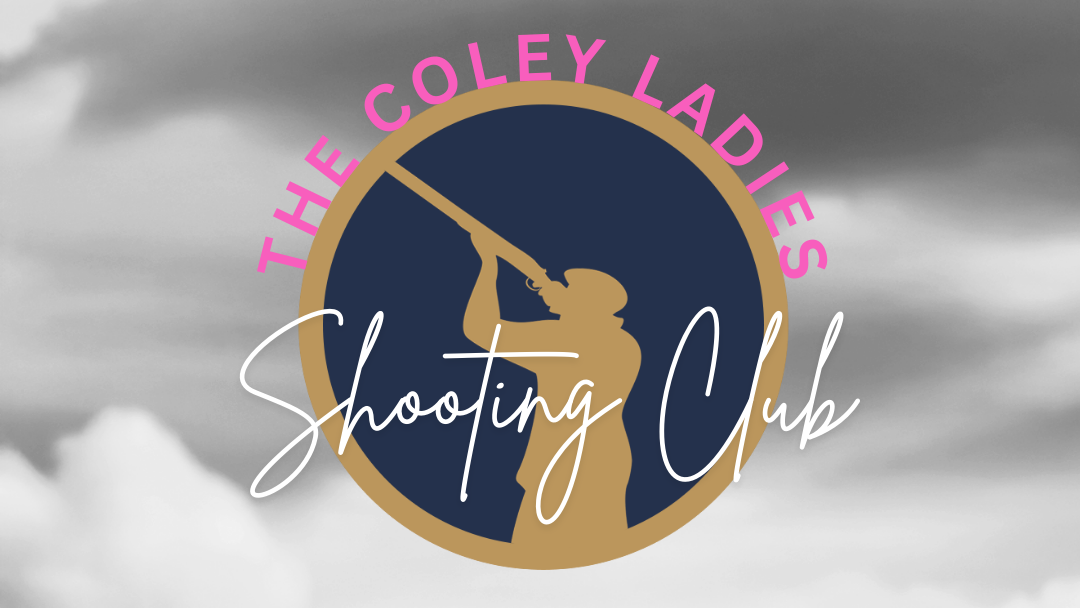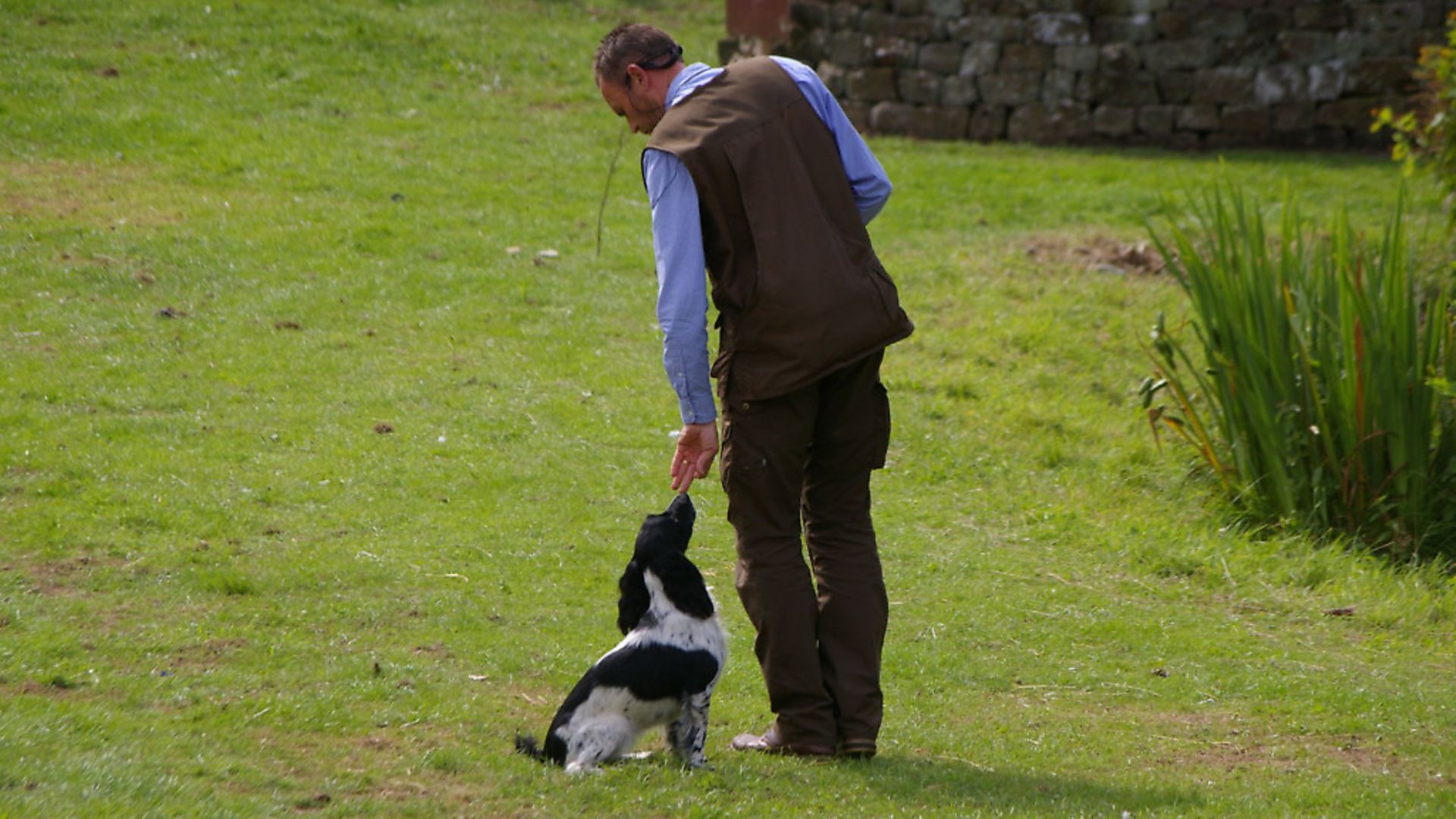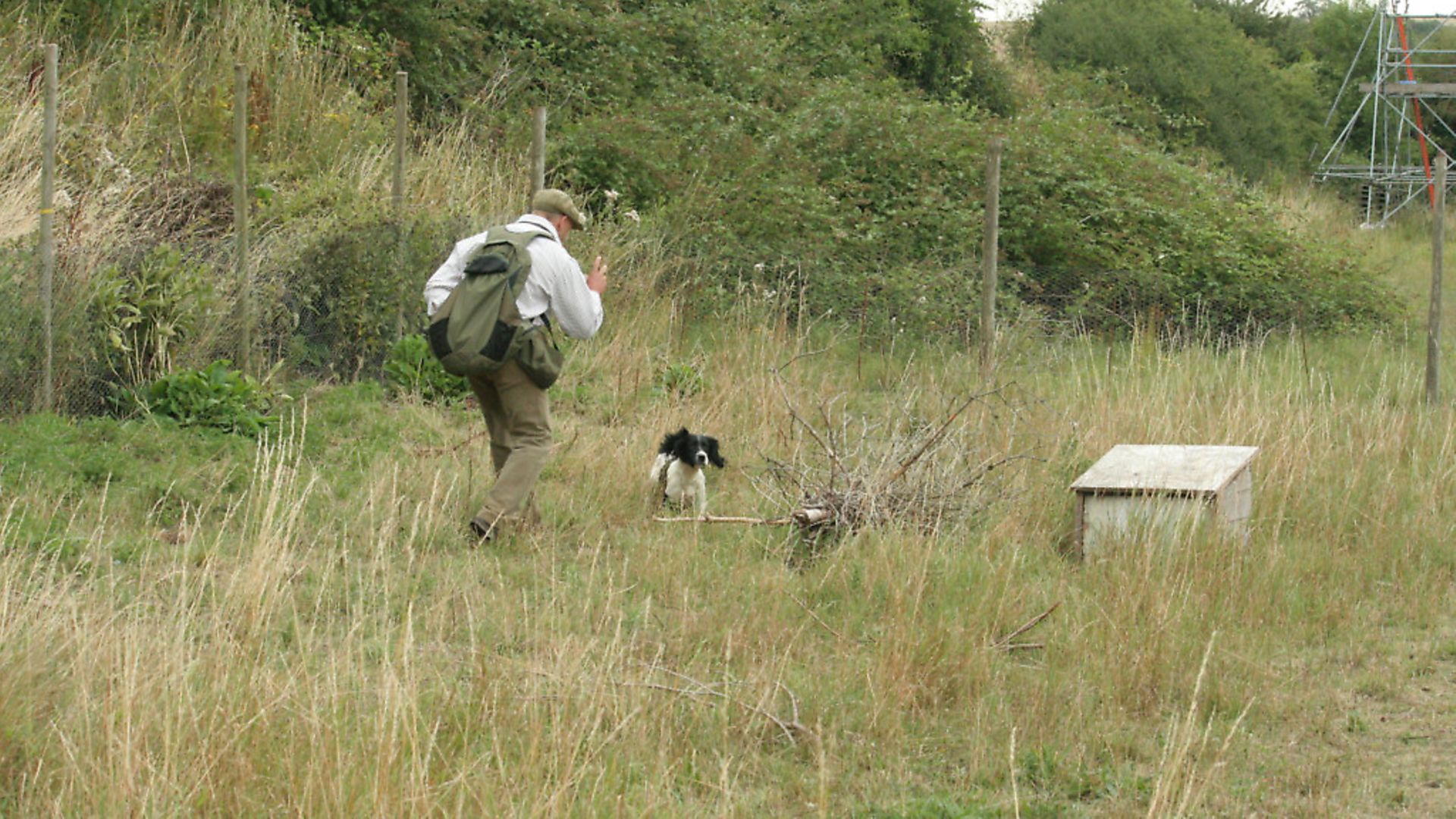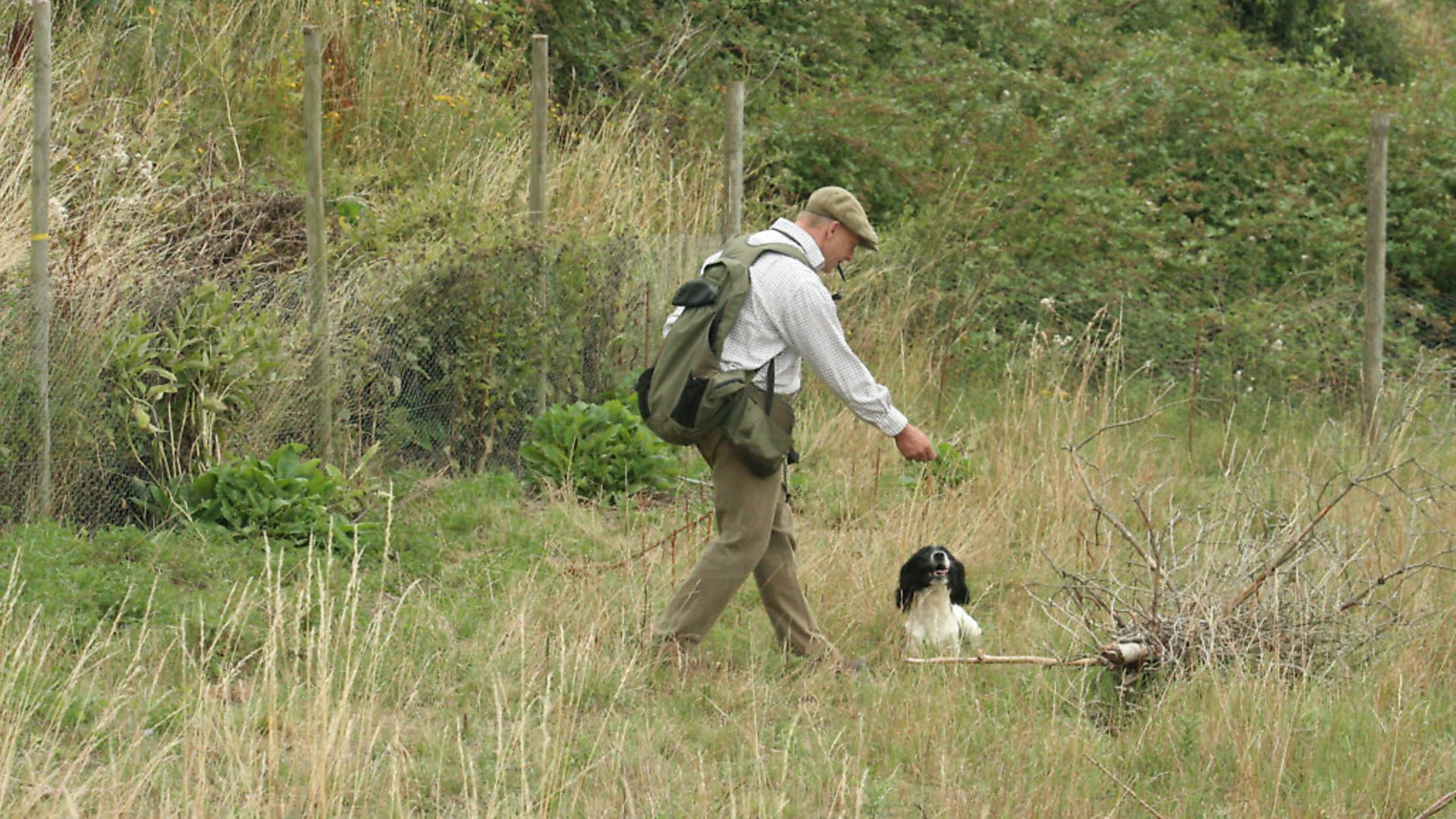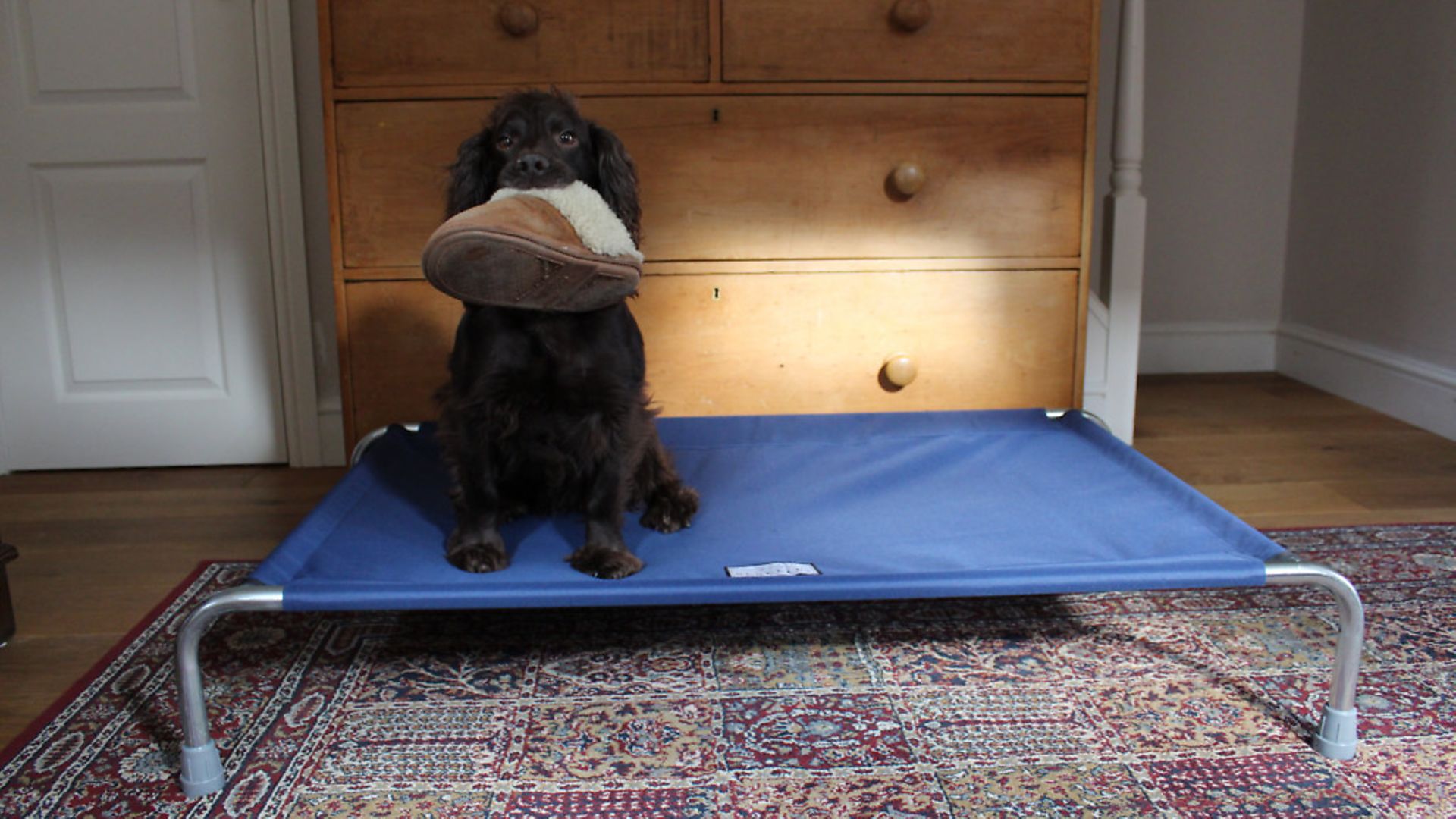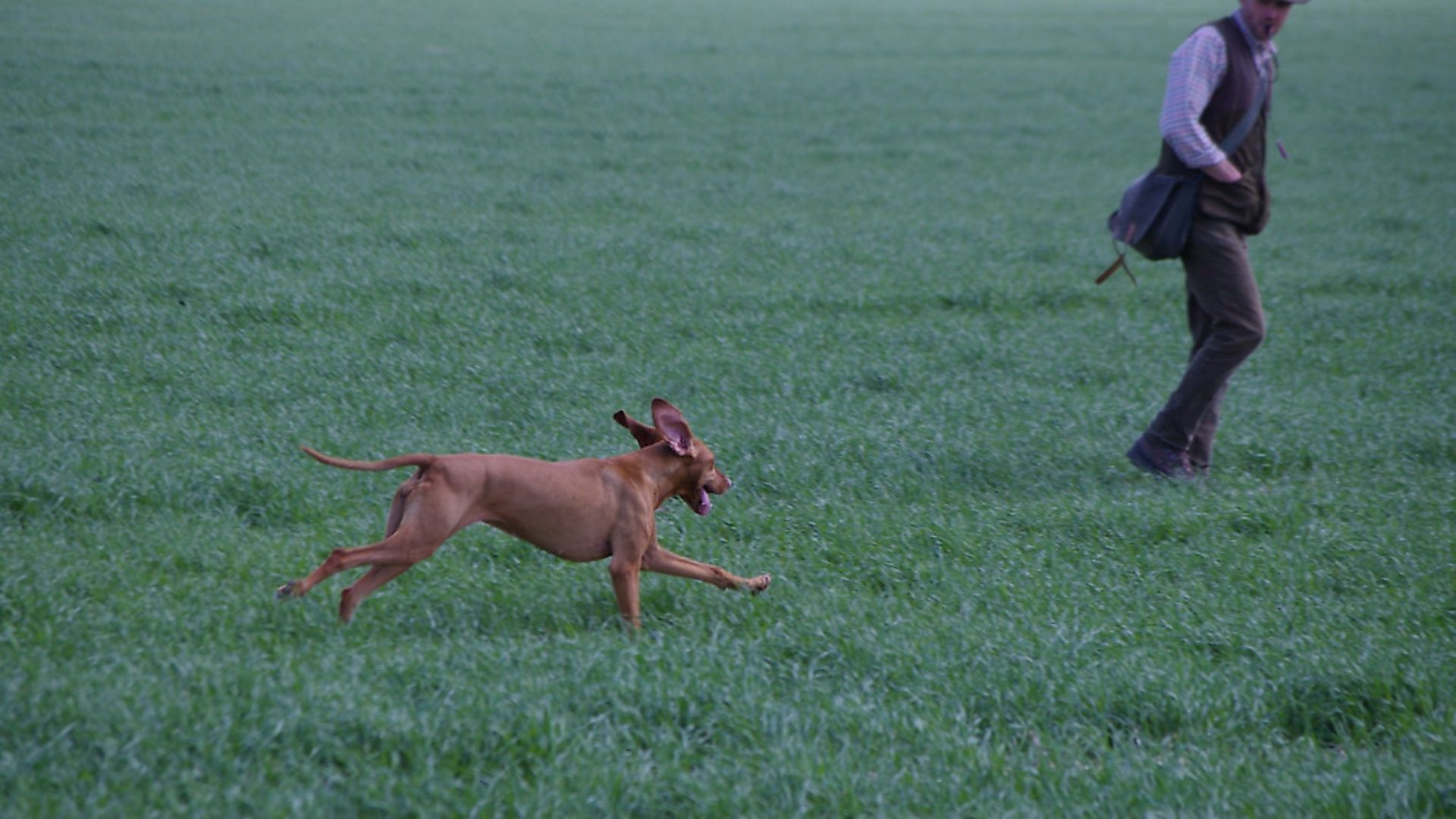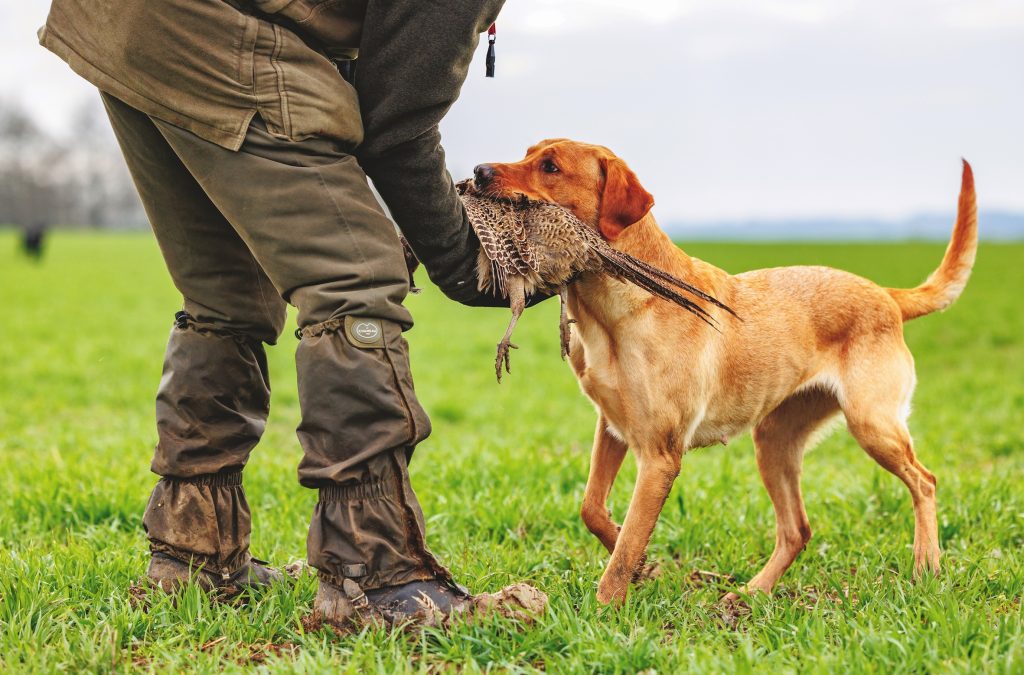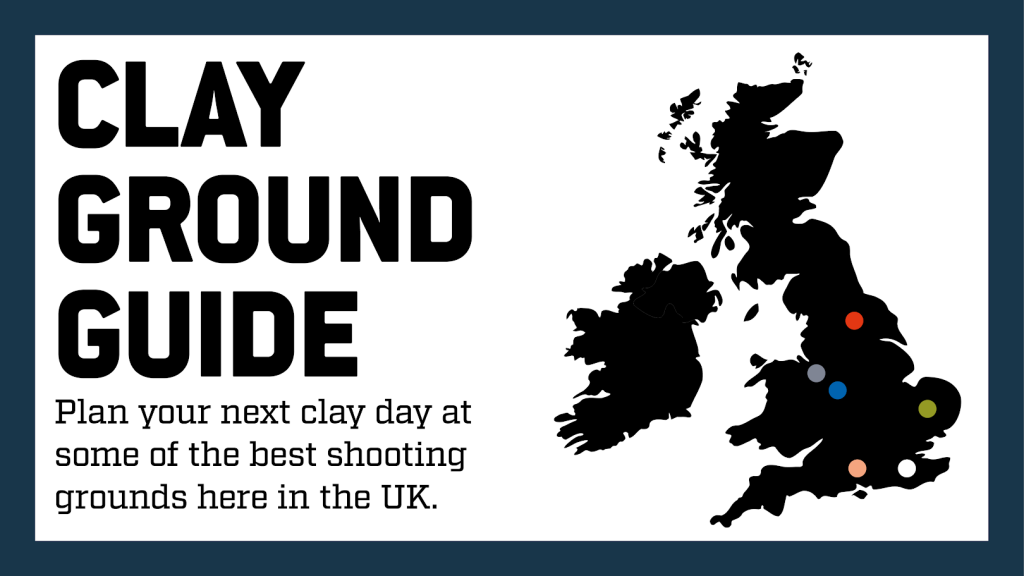Correcting gundogs
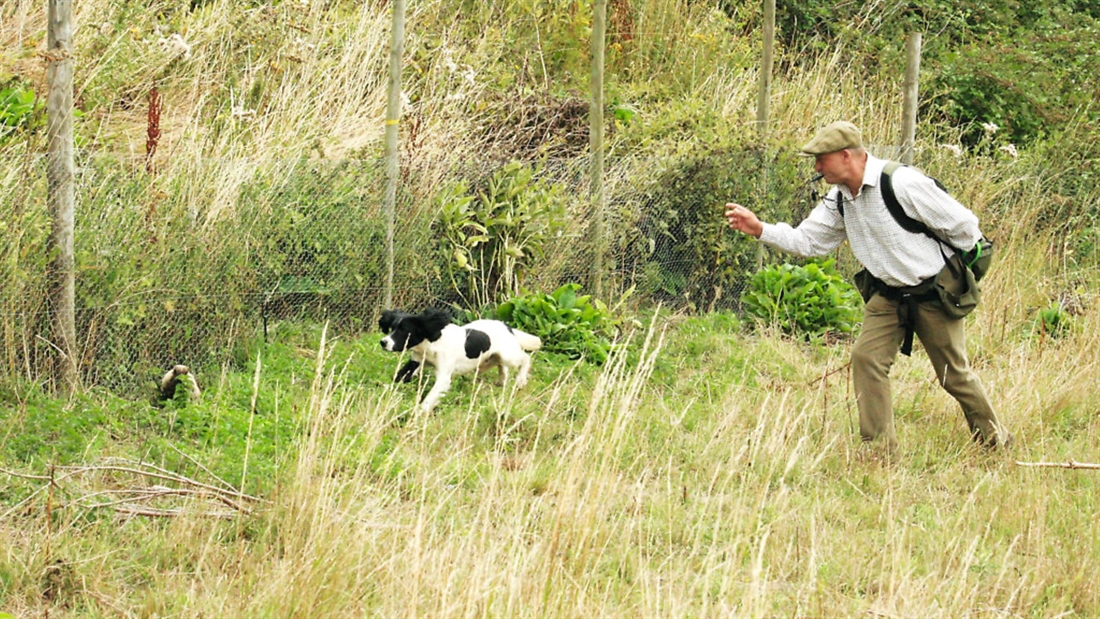
Gundog trainer Ryan Kay tackles the trickiest and most controversial topic of all – when and how to correct a gundog, and whether you can train using purely positive reinforcement
If I’m honest, I’ve been avoiding writing about this subject like the plague. Many times I’ve been asked to express my thoughts on the ‘correction’ of dogs, yet I’ve shied away from the topic. As we all know, it can be an extremely sensitive area and is often a moot point among handlers.
Old school
There’s no doubt that training techniques have evolved over the years, but there are still plenty of old-fashioned methods used by those who insist on a more stern and physical approach to correction. Looking through some of the older publications I have in my small collection, I came across The Complete Gundog, a book compiled by the late John Humphreys.
A contributor to the book quotes the following on the area of ‘Punishment’: “For the determined wrongdoer who knows he is doing wrong, the best remedy is to grab the dog by the scruff of the neck on each side of the head and hold him facing towards you. Then give him a good shake at the same time telling him what you think of him with your ‘bad boy’ voice. Then make a show of putting him on the lead and make him walk to heel or sit for a while.” Accompanying the words is an illustration of a man holding a spaniel with both hands by said scruff – up in the air and looking directly at him while apparently shaking him. First published in 1990, this book was reprinted in 2004. Not that long ago!
So, what to make of this approach? Firstly, I don’t like the word ‘punishment’. It’s a very hard word and suggests that we should scold and possibly even humiliate a dog for its crime. Perhaps we should sentence the dog in accordance with the crime it’s committed? As the dictionary puts it: punishment is “the infliction of a penalty as retribution for an offence”. The main problem I have with this word is that its very essence sounds totally and completely human. I understand that might sound odd, but you see, as soon as we humanise a dog, we expect it to understand in a human way, which of course it doesn’t!
Let me give you an example of typical human behaviour towards a dog. Your new puppy or young student finds your nice new Barbour slippers and picks one up to carry around the house. You’re not happy with this. How dare he run about with it? He’s not allowed to have them!
A possible reaction might be to shout at the dog with a full sentence of scolding words and snatch it away – expecting your dog to understand every word uttered about them being new and the best slippers you’ve ever had.
Of course, it doesn’t understand this. And what are you going to do when your puppy is then reluctant to pick up a toy or dummy when you are training, for fear of receiving the same treatment? Are you going to scold it again, this time for failing to pick something up?
PRAISE OR CORRECT
When it comes to training a gundog, I look for two opportunities: a chance to correct or a chance to praise, with the opportunity for the latter being by far the most important, and the one which is quite often missed.
In fact, I often leave any chances to correct until the dog is older and more mature – once hormones have settled down – ignoring or actively avoiding the possibility for undesirable behaviour to occur.
You’ll notice I say the word ‘undesirable’ behaviour and not ‘bad’ behaviour. Again, ‘bad’ already suggests ‘human’ and that the dog chooses to be ‘bad’. The word ‘undesirable’ allows me to acknowledge the fact that I’m training a dog! He’s behaving ‘undesirably’ and I will encourage ‘desirable’ behaviour.
I initially want to use purely positive training methods, by ignoring the undesirable and praising the desirable. For example, the young dog keeps jumping up for attention, so I turn my back and ignore him (ignoring the undesirable). He only gets my attention and hands stroking him when all four paws are on the ground (praising the desirable).
TIMING IS EVERYTHING
A smart dog transfers messages so quickly that it can be easy to miss the chance to praise or correct at the right point, which is why clicker training works so well for many areas of training.
Dogs learn by association and so you have the chance to ‘click’ the instant it does something desirable. The ‘click’ provides instant recognition and should be immediately followed by a treat, or praise with voice.
While I may use clicker training for tweaking and finishing some aspects, I tend to replace the click with a verbal marker – ‘good girl/boy’ – and this again buys me time to follow up with a treat or further voice praise if I want to.
I advocate starting correction at a low-key level, being consistent with your actions. A quiet, stern tone or noise will often suffice, or even a clear change in body language. You then have somewhere to go if you need to up the correction. I see far too many novice handlers who start at the high end of discipline (shouting and bawling) which becomes the norm, a white noise that the dog soon becomes used to with no real effect.
Those with young children will know what I’m talking about. Starting at a high-octave level and grounding your kid for a week leaves you with nowhere to go and nothing in your back pocket, so to speak, to call upon later should you need to.
BEING REALISTIC
We have a Hungarian vizsla, Molly, who attained a Kennel Club Good Citizen Gold award. In the village hall, where my wife Alison trained her for this standard, she looked impressive as she completed the requisite tasks to achieve the standard. However, take Molly out into the real world with scent-covered fields and wildlife and she could potentially appear untrained and at times as wild as a ship’s cat.
So now what? Well, achieving a good standard in a controlled and conditioned environment with clicker training and treats is one thing, but to achieve it from a real hunting dog in the environment it’s been bred for, is another.
No amount of clicking, treat training, toy distraction/reward is going to stop a hard, driven hunting dog from chasing that fluffy white tail as it skips off in front of the dog’s nose! The initial positive reinforcement methods certainly have their place and will take you to a point of transition ready for the more exciting exposures of the field. But then what? I have heard a well-known trainer say: “You need to correct the dog just enough so that it means something to the dog.” Those last five words are the important ones. Or to quote Steven R. Lindsay, dog behaviourist and trainer: “least intrusive, minimally aversive”.
In other words, the correction should suit the dog, not the transgression. Some dogs will take one stern voice or body language as enough and some may need a few more reminders. Being proportionate and consistent is essential.
However you correct your dog, it will mean nothing if your timing is wrong. And no matter how challenging a particular training aspect may be, venting your frustration or anger on a dog is not correcting it, it’s simply venting your anger. If you ever find yourself reaching that point, you should either move onto something entirely different or just stop. Steadiness is probably the hardest thing to achieve. Asking the dog to be steady after all that drive that we’ve carefully bred into it can be a challenge. Hunt like a demon, but instantly sit still like an angel? It’s a big ask!
TAKING IT ALL INTO ACCOUNT
There are a lot of judgement calls to make when training and using correction, including taking into consideration the dog’s age, personality and – most certainly – breed.
In the height of the hunt, when the dog is ‘drunk’ on the heady delights of game, many reward-based methods that were used back in the training paddock can go out of the window as the game becomes the highest value to the dog. I try to use the high-value game as the reward itself.
Known as the Premack Principle, or more commonly ‘Grandma’s law’, the idea is to use something the dog really enjoys to reinforce something that he’s not too bothered about – eat your greens and get your pudding!
For example, when encouraging a young dog that’s suddenly found hunting on fresh scent more exciting than retrieving a boring canvas dummy, I encourage it to retrieve the dummy first and then reward it with an immediate hunt on the scent. Should it drop the dummy before delivering it to hand, I will insist on the correct delivery otherwise it gets to go nowhere. The penny soon drops. For other areas of training, and for some young adult dogs with lots of drive, they may need correcting in line with the ‘means something to the dog’ approach. But be aware that while a firm aproach may achieve the desired affect with a hard-headed spaniel, it won’t necessarily suit a more sensitive breed such as a Hungarian Vizsla. Then what are you going to do?

